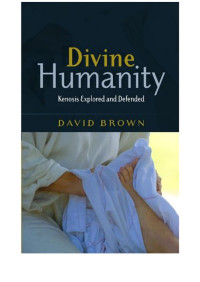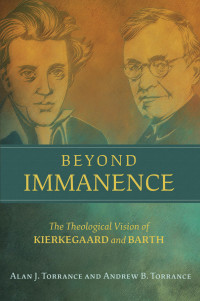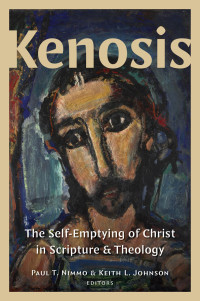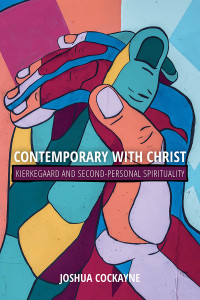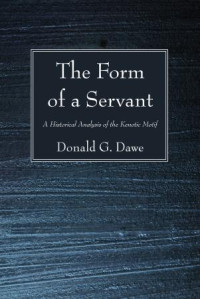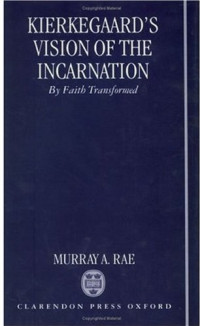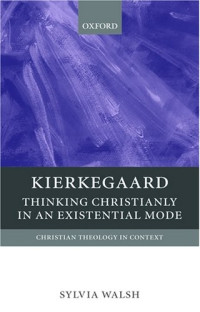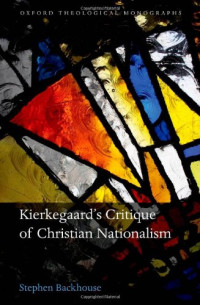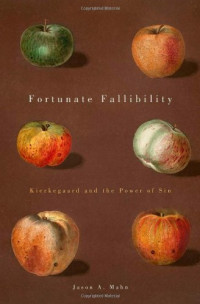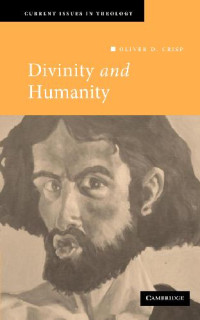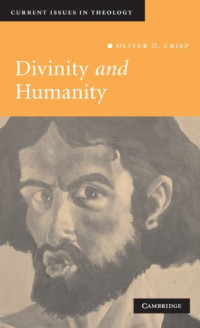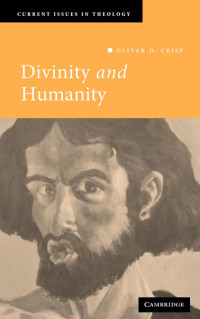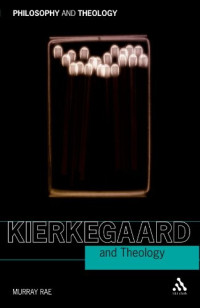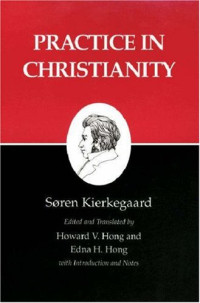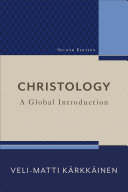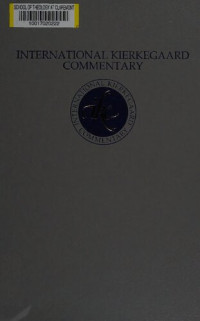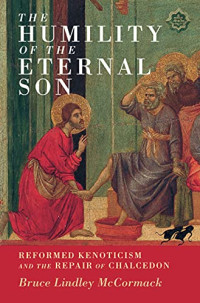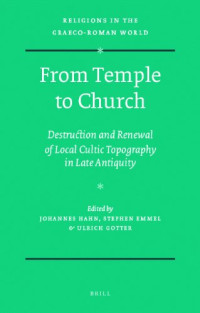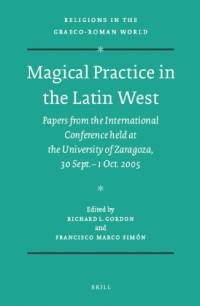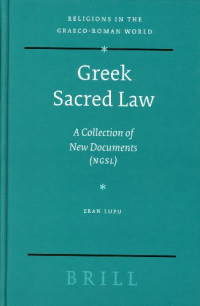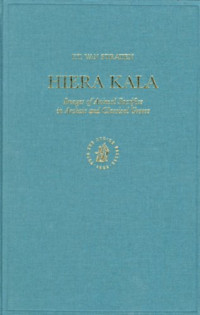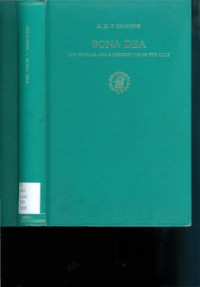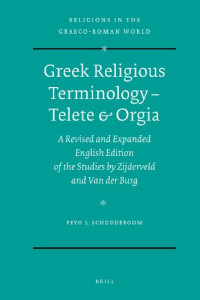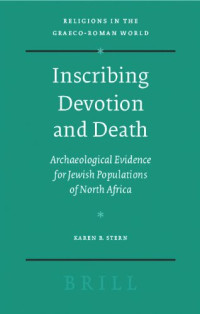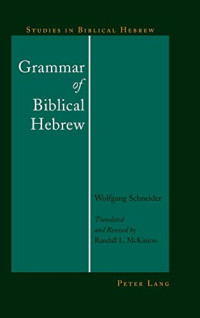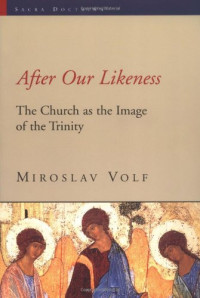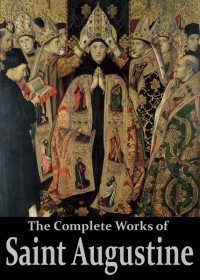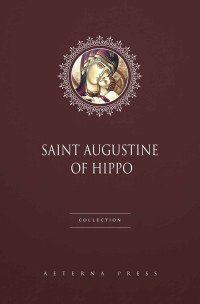
Kierkegaard's Kenotic Christology
David R. Law [Law, David R.]
The orthodox doctrine of the incarnation affirms that Christ is both truly divine and truly human. This, however, raises the question of how these two natures can co-exist in the one, united person of Christ without undermining the integrity of either nature. Kenotic theologians address this problem by arguing that Christ 'emptied' himself of his divine attributes or prerogatives in order to become a human being. David R. Law contends that a type of kenotic Christology is present in Kierkegaard's works, developed independently of the Christologies of contemporary kenotic theologians. Like many of the classic kenotic theologians of the 19th century, Kierkegaard argues that Christ underwent limitation on becoming a human being. Where he differs from his contemporaries is in emphasizing the radical nature of this limitation and in bringing out its existential consequences. The aim of Kierkegaard's Christology is not to provide a rationally satisfying theory of the incarnation, but to highlight the existential challenge with which Christ confronts each human being. Kierkegaard advances 'existential kenoticism', a form of kenotic Christology which extends the notion of the kenosis of Christ to the Christian believer, who is called upon to live a life of kenotic discipleship in which the believer follows Christ's example of lowly, humble, and suffering service. Kierkegaard thus shifts the problem of kenosis from the intellectual problem of working out how divinity and humanity can be united in Christ's Person to the existential problem of discipleship.
年:
2013
出版社:
OUP Oxford
言語:
english
ISBN 10:
0199698635
ISBN 13:
9780199877188
ISBN:
MUU37IT0R4OC
ファイル:
PDF, 2.62 MB
IPFS:
,
english, 2013
 Amazon
Amazon  Barnes & Noble
Barnes & Noble  Bookshop.org
Bookshop.org  ファイル拡張子変換機能
ファイル拡張子変換機能 検索結果をもっと見る
検索結果をもっと見る その他多くの特典
その他多くの特典 
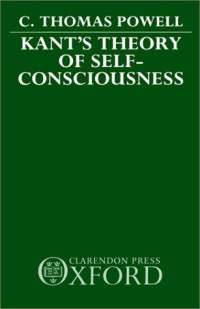


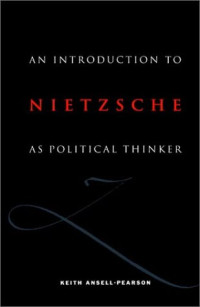
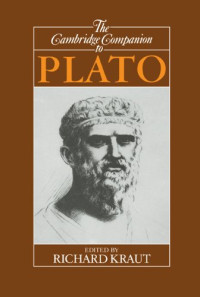
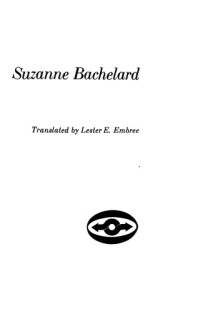
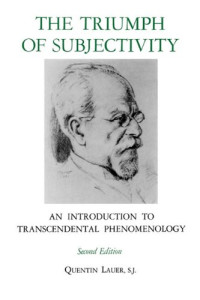

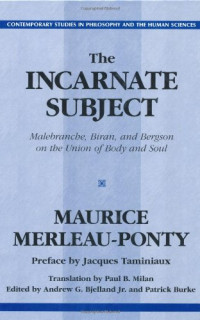

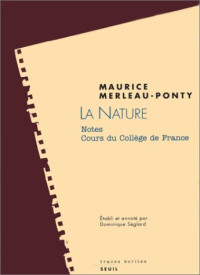
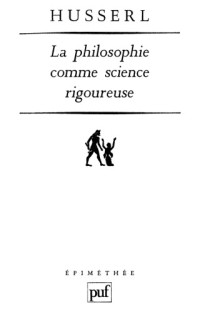
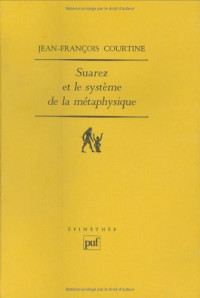
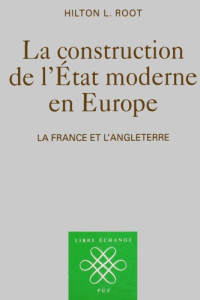
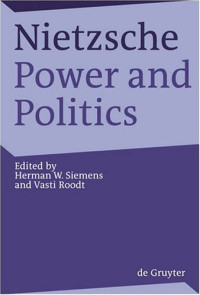
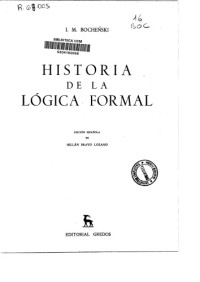

![Veli-Matti Kärkkäinen [Kärkkäinen, Veli-Matti] — Christology: A Global Introduction](https://s3proxy.cdn-zlib.se/covers200/collections/userbooks/26749740dc2e08b16fd0f5969424b8918c49f7797f4c3fbb3cd618e2a48e2ba4.jpg)
